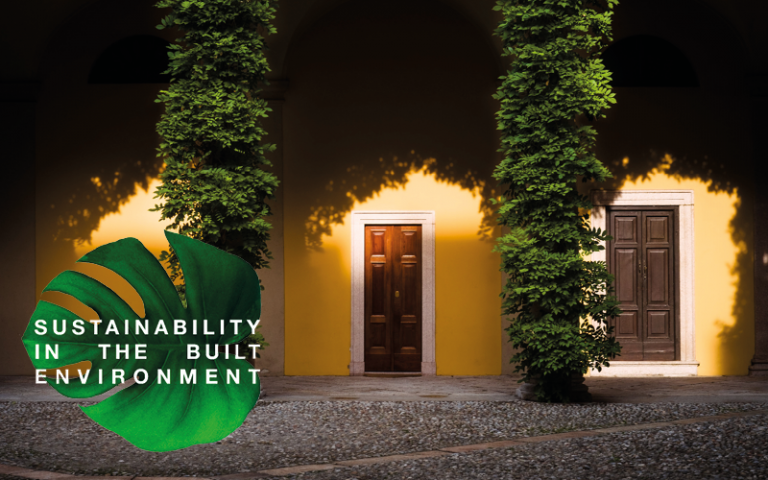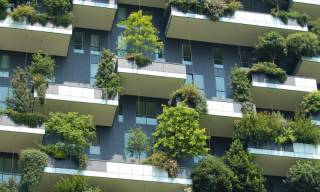Do we know if we are overheating? Shutters, shading, and the great British summertime
26 June 2018
In the second post in our Sustainability in the Built Environment blog series, architect Chris Gregory considers how domestic construction projects are responding to changes in the UK's climate.

Chris Gregory RIBA is an architect. After twenty years in commercial practice, he set up his own practice focusing on domestic architecture over a decade ago. He has published research with Loughborough University and Reid Architecture on designing for adaptability.
“I want to get rid of my conservatory. It cooks in the summer and freezes in the winter.
This statement paraphrases the most frequent request that my homeowner clients have made over the thirteen years that I have run my practice. We are an island nation, exposed to a wide variety of weather from heat waves to blizzards. Some of the time we enjoy the benefits of a mild, temperate climate, during which we can enjoy a conservatory, but rarely for long. That’s why the British always have something to talk about.
Our traditional methods of domestic construction seem to focus on keeping us dry from the frequent squalls of rain blown off the Atlantic. Roofs are pitched to shed the rain. Eaves are small to avoid the wind lifting the roof at the edges. Windows are modest to limit heat loss and they open outwards in case we drip rainwater on our carpets. The carpets help to take the edge off our cold, poorly insulated floors. Walls are solid brick because a good open fire would warm them and there are plenty of draughty open joints to ventilate the fire and allow the whole house to dry out when it stops raining.
People know when they feel cold and gradually the price of heating, and perhaps our awareness of climate change issues, obliges us to think about how we build our walls, roofs, floors and windows to make them better insulated. But do we know when we feel too hot? What proof do we have from a construction point of view?
In my twenty years as a commercial architect I observed solar shading for offices change from being a victim of ‘value engineering’ to become an essential part of an integrated and sustainable design, along with the use of exposed thermal mass or ventilation strategies that used the stack effect in atria to drive air movement and cooling. The aim was to reduce the load on cooling systems or design out chiller equipment altogether. I have not seen much evidence of this in our domestic construction, and yet it accounts for a significant proportion of UK building work.
In Mediterranean countries we see a tradition of houses high ceilings for the stratification of air, tiled floors to absorb heat and release it in the evening, shady courtyards to draw cooler air from, and shuttered windows to block out the midday heat. It still rains there. It still gets cold there, but the traditional architecture appears to deal passively with much of the wide variety of climatic conditions. When we travel there we are grateful for the respite this passive design gives us (even if we are daft enough to go walking in the midday sun). But do we realise that such an approach may be necessary at home?
I am aware that homeowners had been building conservatories for about twenty years or more, before the current trend for demolishing them and replacing them with better insulated construction. This may be partly due to improved awareness of energy and insulation issues, and partly because there seems to be higher budgets available for refurbishment and extension in the face of increased house prices and taxes on house purchase. But the fact that people say to me that it gets too hot is interesting.
We could go further and provide external shading, as for offices, but I have observed that this is often seen as ‘out of keeping’ by planning authorities or becomes an easy victim of budget constraints. We could put shutters on the windows but most of them open outwards, to avoid dripping on the carpet, and would clash. We seem to be moving away from carpets towards wood floors, but they have no thermal mass for cooling. We could design shady overhangs and courtyards, but we seem to prefer the uncluttered view of our garden. It will be interesting to observe, over the next decade of my work, how we British respond as our climate continues to change.
 Close
Close


